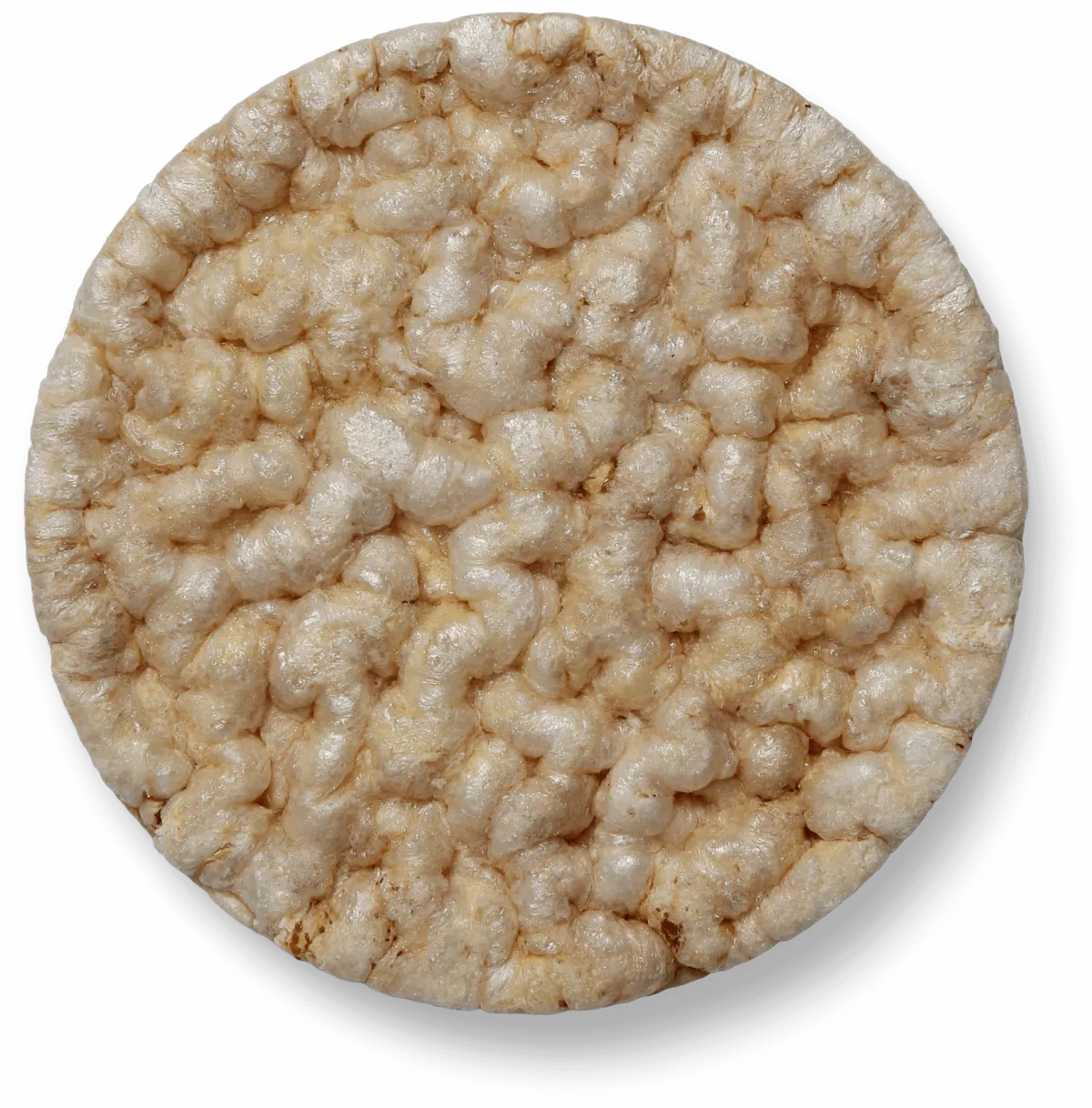404
A broken link is worse than a dry rice cake.
Scroll down to the bottom for a list pages that really do work.

Oops, we did it again.
We have recently renovated our website and some of the original links have broken.
If the link you are looking for contains www at the beginning, delete the www and try it again. Otherwise send us a quick message below.
If you can't find what you are looking for please let us know.
This doesn't have to be the end!

Follow us on your favorite platform and browse through our favorite resources.
Social Media:
Resources:
We’re on a mission to increase gluten-free resources, awareness, and knowledge around the world
Copyright International Gluten Free 2025 - All Rights Reserved
